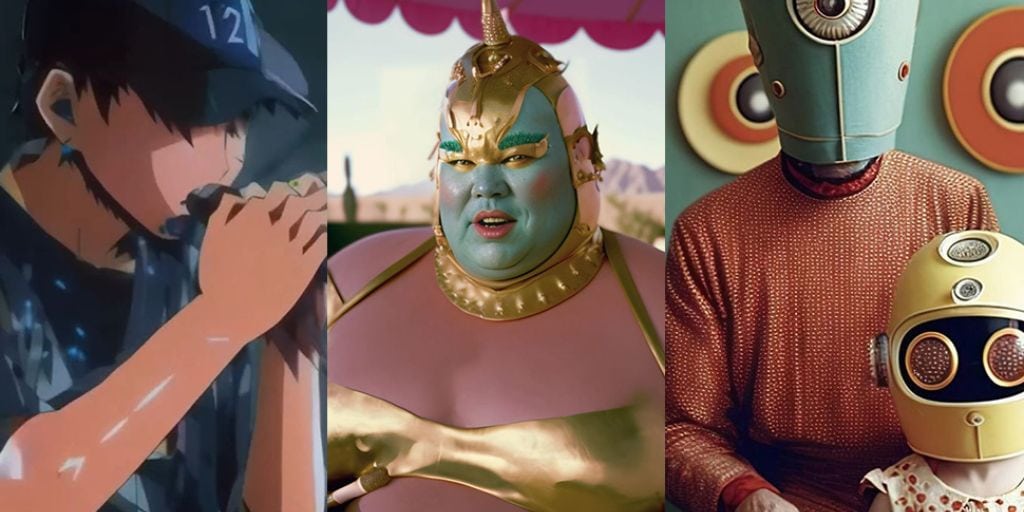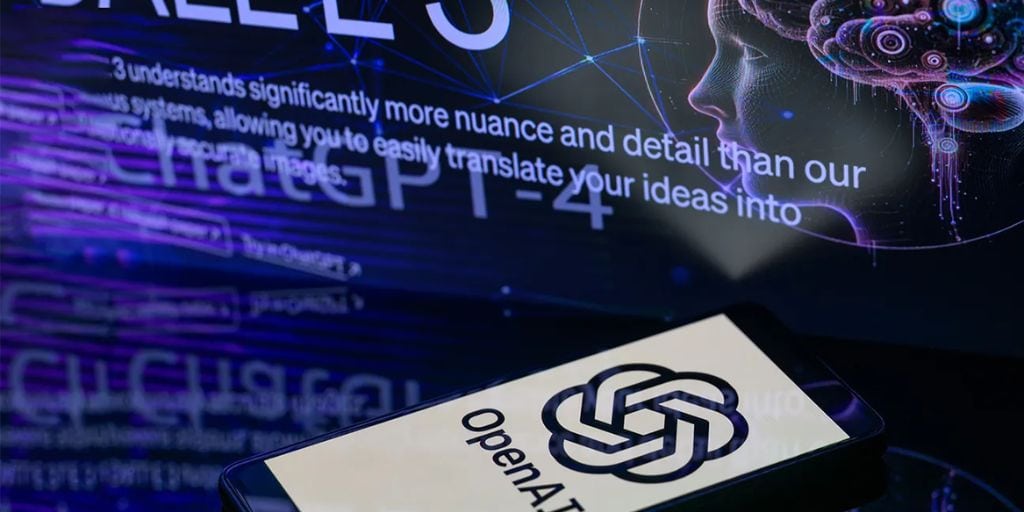Co-founder of DreamWorks Animation and former Disney executive Jeffrey Katzenberg made a startling prediction in a recent interview with IndieWire: he said that artificial intelligence (AI) might eventually replace up to 90% of jobs in the animation industry.
This claim has spurred discussions within the industry regarding the changing role of technology in the creation of animation and the possible ramifications for animators around the globe.
Katzenberg’s remarks highlight the increasing trend of automation and artificial intelligence integration in a number of industries, including entertainment.
With the development of AI technologies, especially in the areas of computer vision and machine learning, advanced animation tools that can accurately mimic human movement and expression have been created.

AI’s Effect on Jobs in the Animation Industry
Sora, an OpenAI tool, is one such tool that is gaining popularity because of its capacity to produce realistic animations from written descriptions. According to Business Insider, Sora’s abilities are so convincing that they give rise to worries regarding the possibility of deceit and false information.
But while traditional animation workflows face challenges from the rise of AI, it also creates new avenues for creativity and innovation. Many professionals in the industry see AI as a tool to improve their craft and expedite production processes, rather than as a threat.
Animators who embrace AI technology must learn new skills and adjust to a changing industry. To realize their creative visions, animators may need to learn how to work with algorithms and use AI-driven software, rather than just concentrating on manual animation techniques.
Furthermore, by removing entry barriers and providing aspiring animators with readily available tools and resources, the incorporation of AI into animation production has the potential to democratize the industry.
People with no prior animation experience may be able to produce excellent content and tell their stories to a worldwide audience by using platforms such as Sora.

The ethical ramifications of AI-generated content must be understood, though, especially in light of intellectual property rights and the legitimacy of creative expression. Concerns concerning the line separating algorithmically generated content from original artwork arise as AI’s ability to imitate human creativity grows.
Industry stakeholders need to give ethical standards, accountability, and openness top priority when developing and implementing AI technology in order to allay these worries.
The animation sector can take full advantage of artificial intelligence (AI) while maintaining the integrity of artistic expression and providing jobs for animators by cultivating a culture of responsible innovation.
The animation industry faces both opportunities and challenges with the introduction of AI. Automation may cause a disruption in conventional job roles, but it also spurs creativity and creates new avenues for visual and narrative expression.
Animators can steer this technological evolution and create a future where human creativity and artificial intelligence coexist peacefully in the animation industry by embracing AI as a tool for creative enhancement and proactively addressing ethical considerations.





